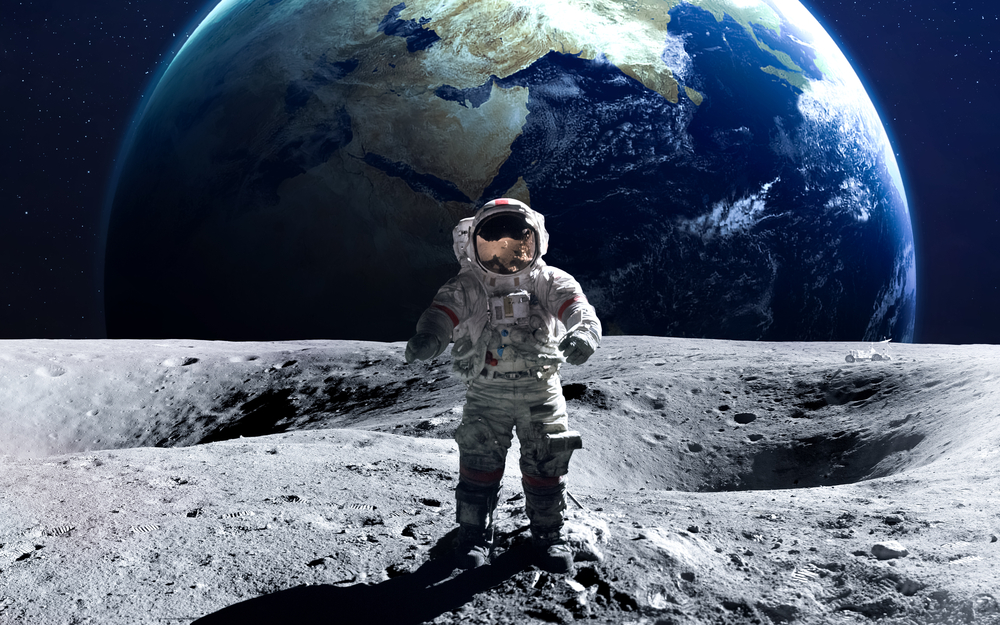In October of 2017, history was made in the field of astronomy when the first-ever recorded interstellar object entered our solar system. It was detected by Robert Weryk at Haleakala Observatory in Hawaii.
Little did Weryk, a Canadian physicist and astronomer, realize that his discovery would set off a firestorm of speculation of the kind that the mainstream scientific community would dearly rather avoid. That’s because a handful of top scientists boldly suggested this new object may not be natural.
That is, the theory was put forth that this new object was a piece of alien technology built by an advanced civilization located somewhere in the vicinity of the constellation Lyra.
It’s not unusual for other types of objects to come browsing into our solar system neighborhood. These include comets, stray planetoids, asteroids, meteors and sundry space debris. But none of those objects are classified as “interstellar.” because they originate within the outer reaches of the space that surrounds our solar system, called the Oort Cloud.
The new object was dubbed “Oumuamua,” a word that comes from the native Hawaiian language. It basically means “Scout.” It is pronounced “oh moo ah moo ah.” Even the name it was given is suggestive that Oumuamua was an artificially engineered technological device.
Oumuamua was estimated to be between 300 and 3000 feet long.
Among the primary proponents of an alien-origin theory for Oumuamua is Professor Avi Loeb. Keep in mind that Dr. Loeb is hardly some fringy UFO buff or flakey New Ager. He is an Israeli-American physicist who holds the position of Frank B. Baird Professor of Science at Harvard University.
Prof. Loeb went on record — to the chagrin of the majority of his peers — to say that the best explanation for the unusual look, physical make-up and behavior of Oumuamua was that it is an alien spacecraft. In fact, Dr. Loeb has put forth six characteristics that powerfully suggest that Oumuamua cannot be a natural chunk of space debris.
Among the most interesting characteristic is that Oumuamua displayed what appeared to be a form of artificial acceleration.
Keep in mind that natural space objects have been observed to accelerate. Comets, for example, are balls of icy frozen gases packed together with other materials, such as dirt, stone and metals. When a comet gets close to the sun, some of its internal gases can heat up and burst forth from the surface like a mini-volcano. This acts as a kind of natural rocket nozzle that causes an acceleration change in the flight path of a comet.
However, when that happens, a gas ejection always leaves behind a detectible trace that astronomers can identify. When Oumuamua executed an acceleration maneuver, no gas residue was observed. This strongly suggested an advanced form of technological propulsion.
A baffled scientific community went looking for other causes, such as a push by the solar wind or a collision with another spaceborne object. These were necessarily ruled out.
Dr. Loeb argues that the biggest clue to the artificiality of Oumuamua was its never-before-seen and remarkable reflectivity. The way it changed its brightness while traveling through our solar system was also unprecedented. The pattern of brightness changes meant that the object was at least 10 times longer than it was wide — in other words, a cylindrical or “cigar-shaped” object.
Again, no other natural space object has displayed dimensions this unusual.
Dr. Loeb faced withering criticism from the professional astronomical community for his conclusion that the best explanation for Oumuamua is that of intelligent alien design. He’s sticking to his guns, however, and has published a book to make his case. The new book is titled “Extraterrestrial: The First Sign of Intelligent Life Beyond Earth.”
Unfortunately, Oumuamua’s sojourn through our solar system was brief. In fact, astronomers spotted it while it was already accelerating out back into interstellar space. That makes further study and evidence gathering impossible.
The future debate about the true nature of Oumuamua will have to draw on the data collected while it was here.








